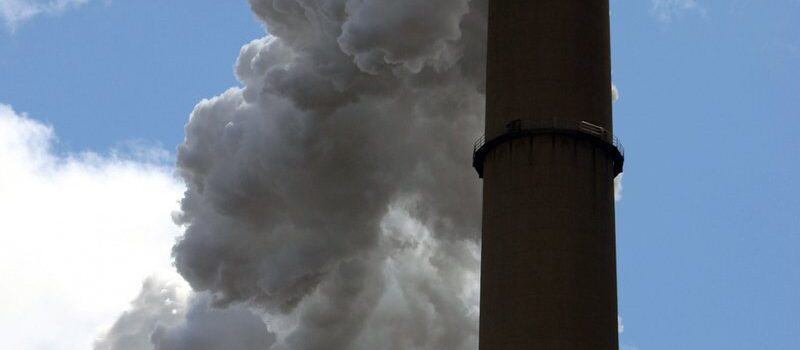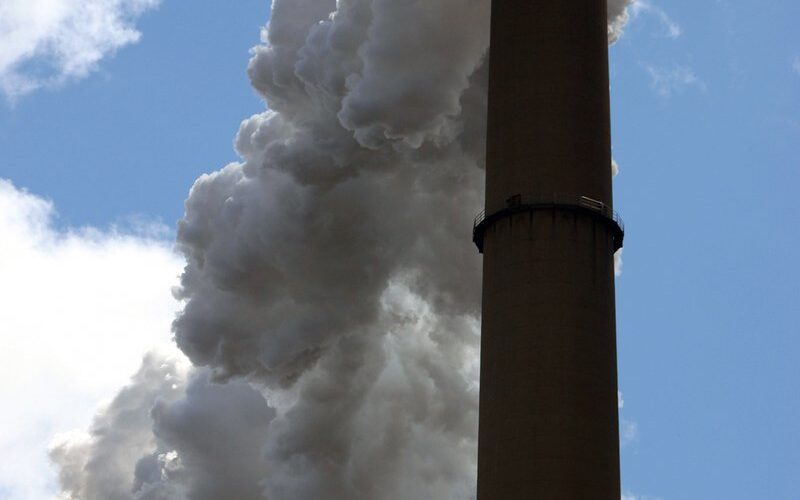

Canada taking leadership role in carbon pricing, says sustainability director
CanadaElectionsNewsPolitics Sep 20, 2021 Nick Barnsdale

Aman Hehar, Humber College’s Associate Director of Energy and Climate Change, is praising Canada’s role as a “world leader” in carbon pricing ahead of the upcoming election.
“I’m very proud of us as a country (for) federally taking the leadership internationally on bringing in (the carbon tax)” Hehar says. “We’re not the only country, but we’re one of few. I’m proud we’re taking leadership in this area because it’s and important topic, and we need others to follow.”
The carbon tax – a surcharge on carbon consumption – has been a contentious topic in recent Canadian elections. Michelle Rempel, a Conservative MP for Calgary Nose Hill, said in the House of Commons in 2019 that “a carbon tax does not reduce greenhouse gas emissions; it kills jobs and it is bad public policy. It is bourgeois public policy. It is elitist public policy.” The Conservative Party adopted carbon tax into its platform for the 2021 election, meaning all five major parties now promise to enact carbon pricing in some form.
Hehar says Canada’s shift toward carbon pricing has been great to see.
“More than 10 years ago, Stephane Dion was the leader of the Liberal Party, and one of his big policies at the time was a carbon tax […] and he got killed in the election,” Hehar says. “He just got murdered. People weren’t ready for it at the time, but […] we’ve come a long way in a short period of time. I’m happy we’re at least at this point.”
Canada’s federal carbon tax is set at $40 per tonne of CO2, but some provinces use their own systems which either meet or exceed the minimum. Quebec implemented the first carbon tax in Canada in 2007, and it participates in a joint emissions trading scheme with California. British Columbia followed with a carbon tax in 2008. Alberta, Ontario, and the Northwest Territories have since enacted their own systems. The first federal carbon tax came into effect in 2018. It is set to rise by $15 per year until it hits $170 per tonne of CO2 in 2030.
There are different versions of carbon pricing. Canada puts a flat price on carbon emissions, but some countries use “cap-and-trade” systems, which put a limit on emissions for corporations and allow them to buy or sell allotments based on how much they use.
Hehar says he prefers the carbon tax.
“I like the carbon tax myself, and I like it because it’s simple,” Hehar says. “People can understand it, people can relate to it. You make the thing you don’t want more expensive, and the consumers react when the industry reacts. That is generally very effective – consumers tend to react to prices. The theory behind it is solid.”
Hehar relates Canada’s progress on carbon pricing to his work with Humber College’s Office of Sustainability.
“At Humber, we do a lot of projects where we evaluate the financial return on projects we’re going to do. I could do this thing and it’ll reduce our carbon emissions, and if – at Humber – we had unlimited resources, we would do it just because it’s the right thing. But sometimes, we also have to look at the economics of the project.
“Now we factor in the carbon tax and the price of carbon in the future into our decisions. Projects that previously weren’t economical now become economical. I think that’s the impact of the carbon tax. That’s showing that it’s working.”

